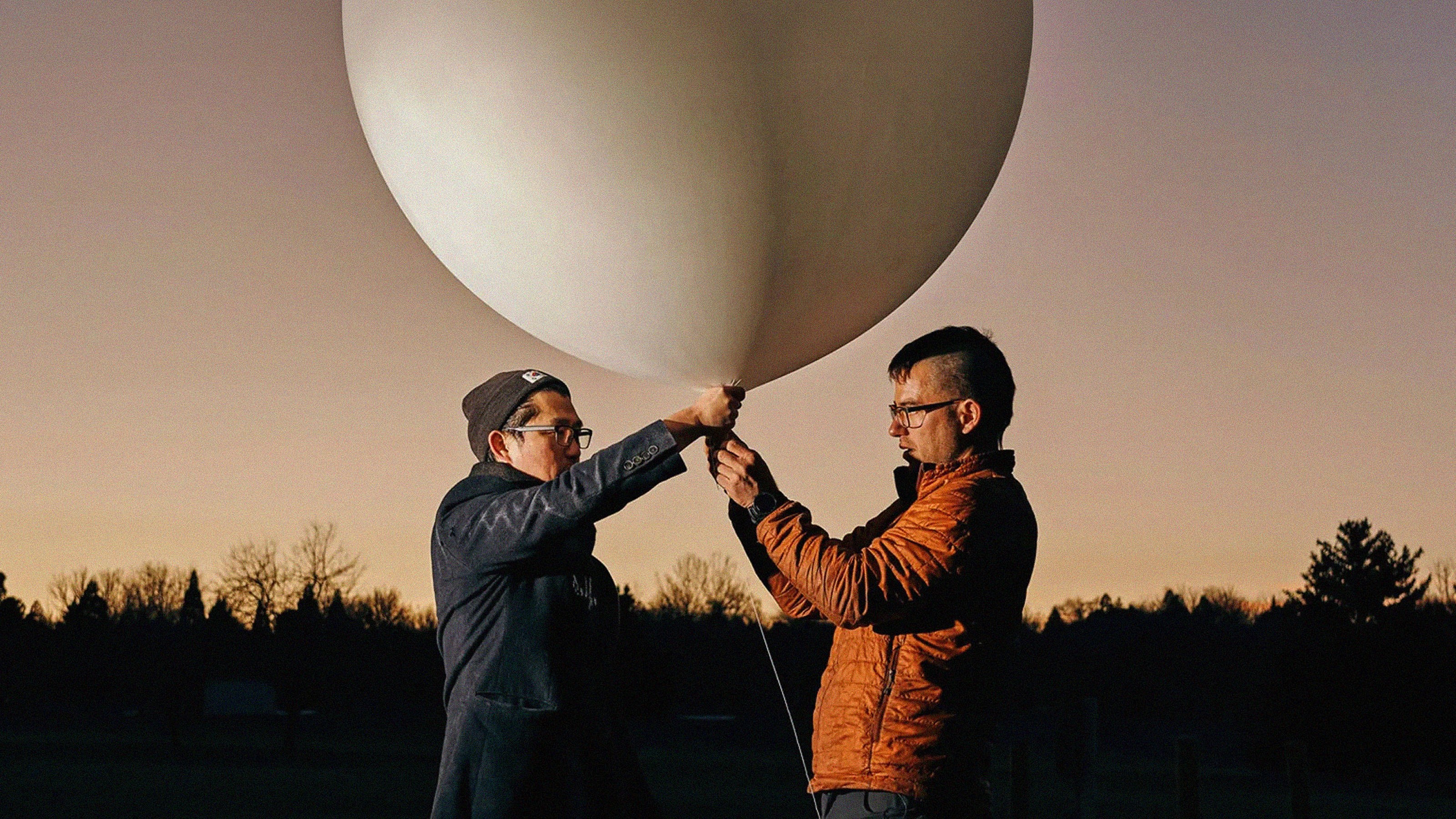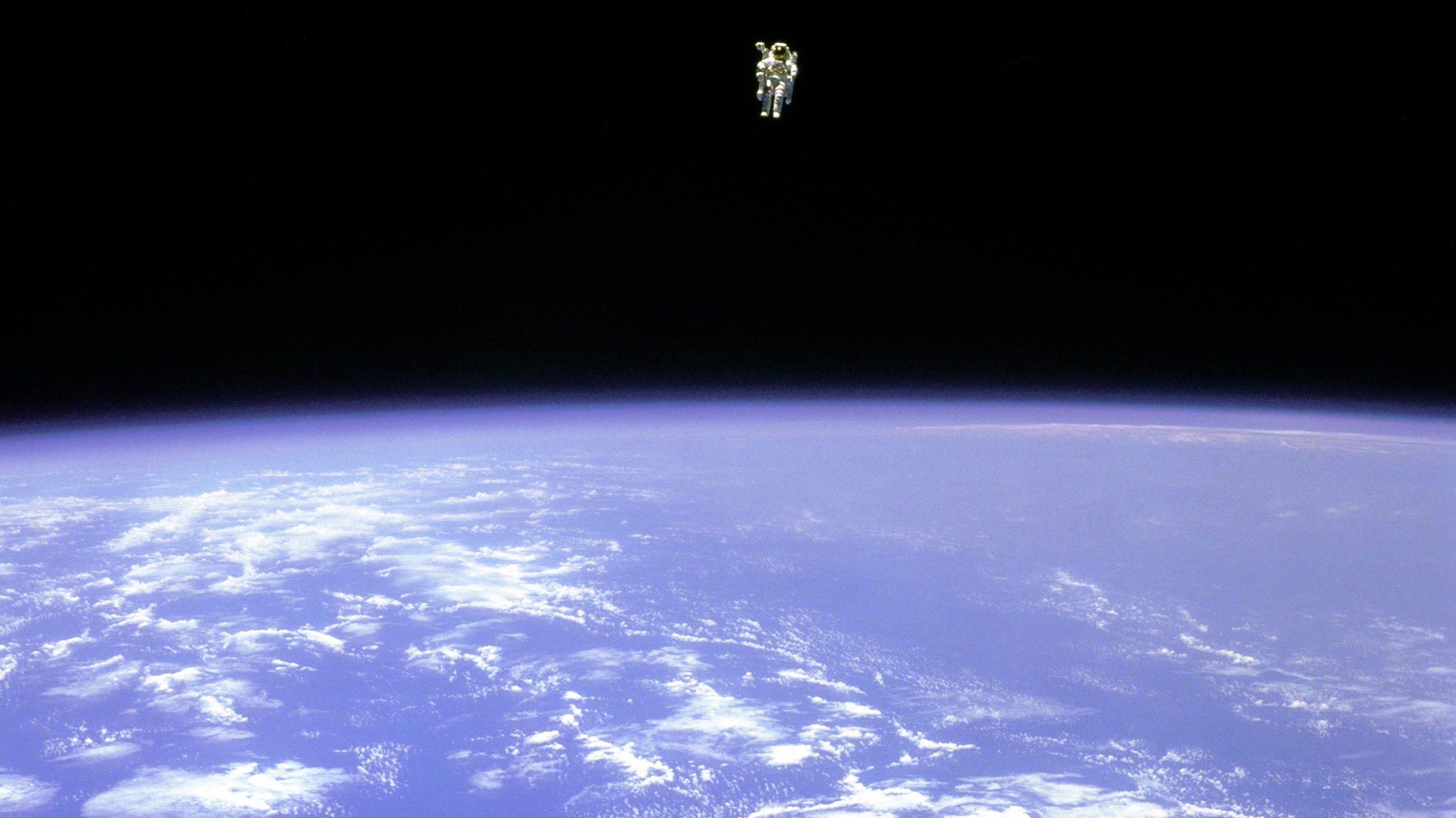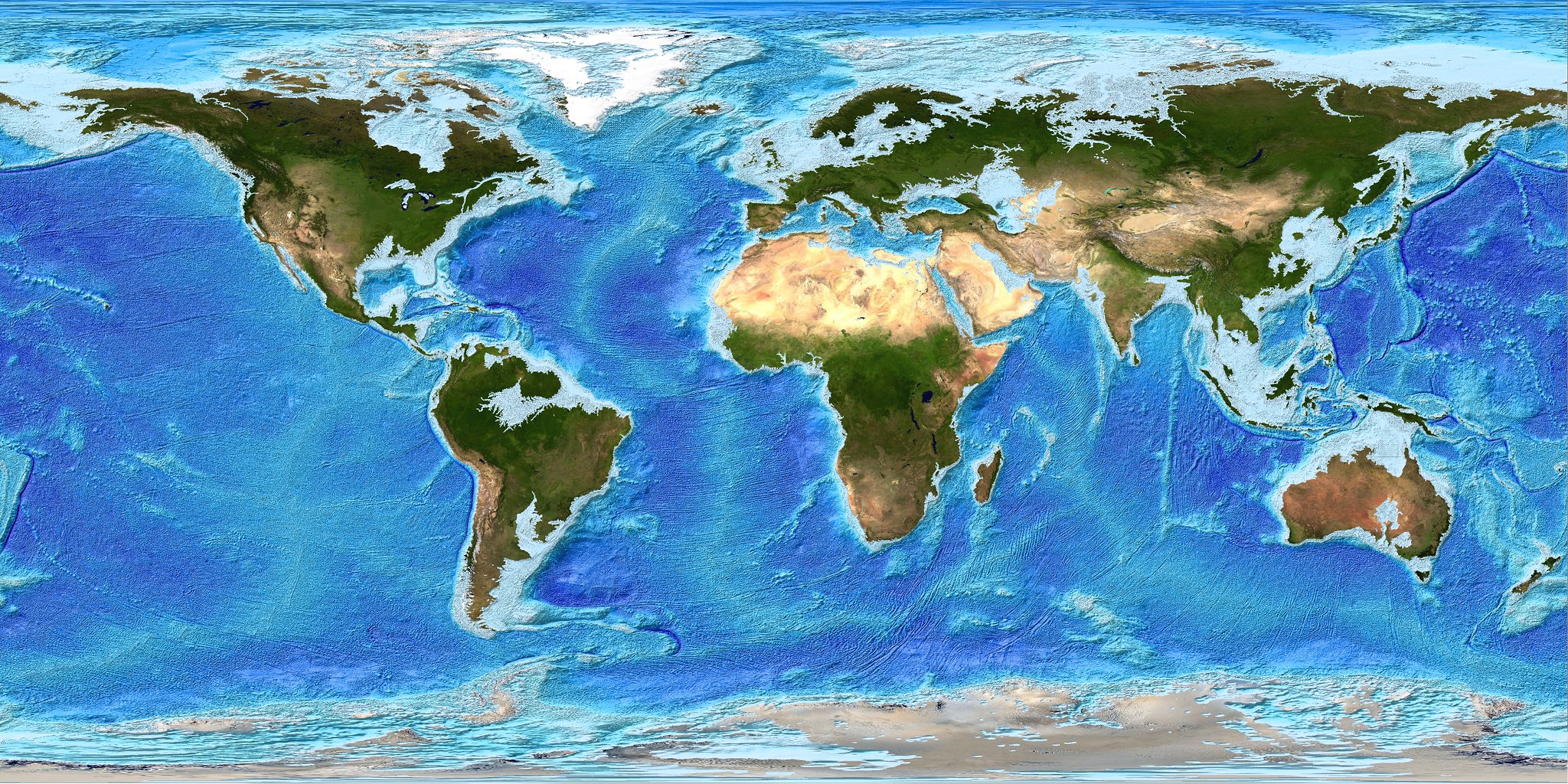Scientists Want to Begin Geoengineering Experiments

What’s the Latest Development?
Plans to engineer the Earth’s climate, so as to reduce the amount of sunshine that reaches the planet’s surface and prevent the consequences of global warming, are proving extremely controversial. The European project IMPLICC, or Implications and Risks of Novel Options to Limit Climate Change, wants to move beyond computer models, which have predicted the effects of putting veils of reflective particles into the stratosphere, or brightening the clouds over the oceans. The experiment proposed by IMPLICC involves tethering a balloon with a kilometer-long tube attached, then sending water up the tube and out of the balloon to simulate spraying other substances that could block sunlight.
What’s the Big Idea?
While there is scientific agreement on the physical consequences of geoengineering–reflective particles in the stratosphere can stop rising levels of greenhouse gases that raise global temperatures–the social consequences are less predictable. “Some fear that if geoengineering is shown to work it will, by offering a palliative for the problem of global warming, let politicians put off difficult decisions that might lead to a permanent solution.” The philosopher Clive Hamilton has argued that geoengineering may fundamentally change how we understand our relationship with nature in potentially dangerous ways.
Photo credit: Shutterstock.com





